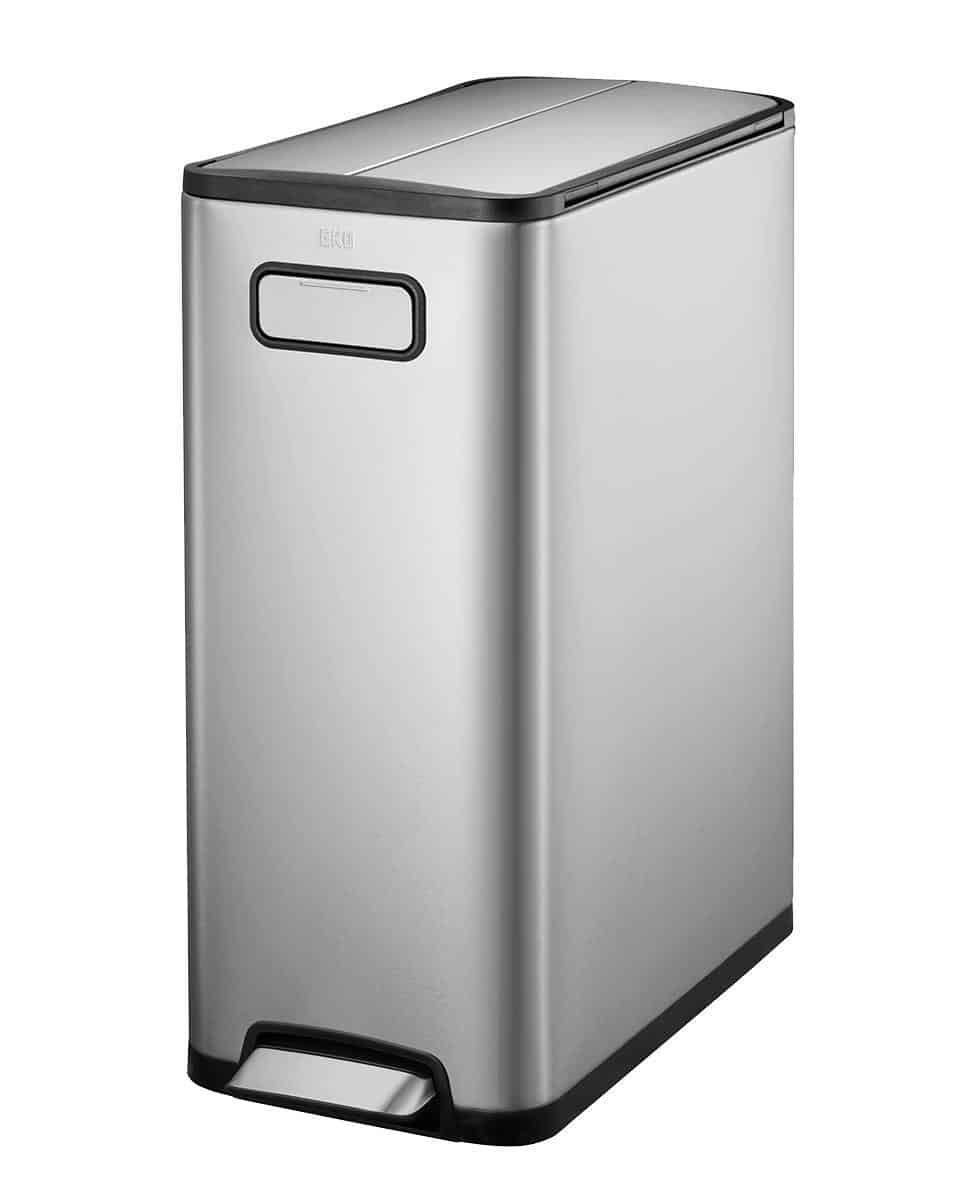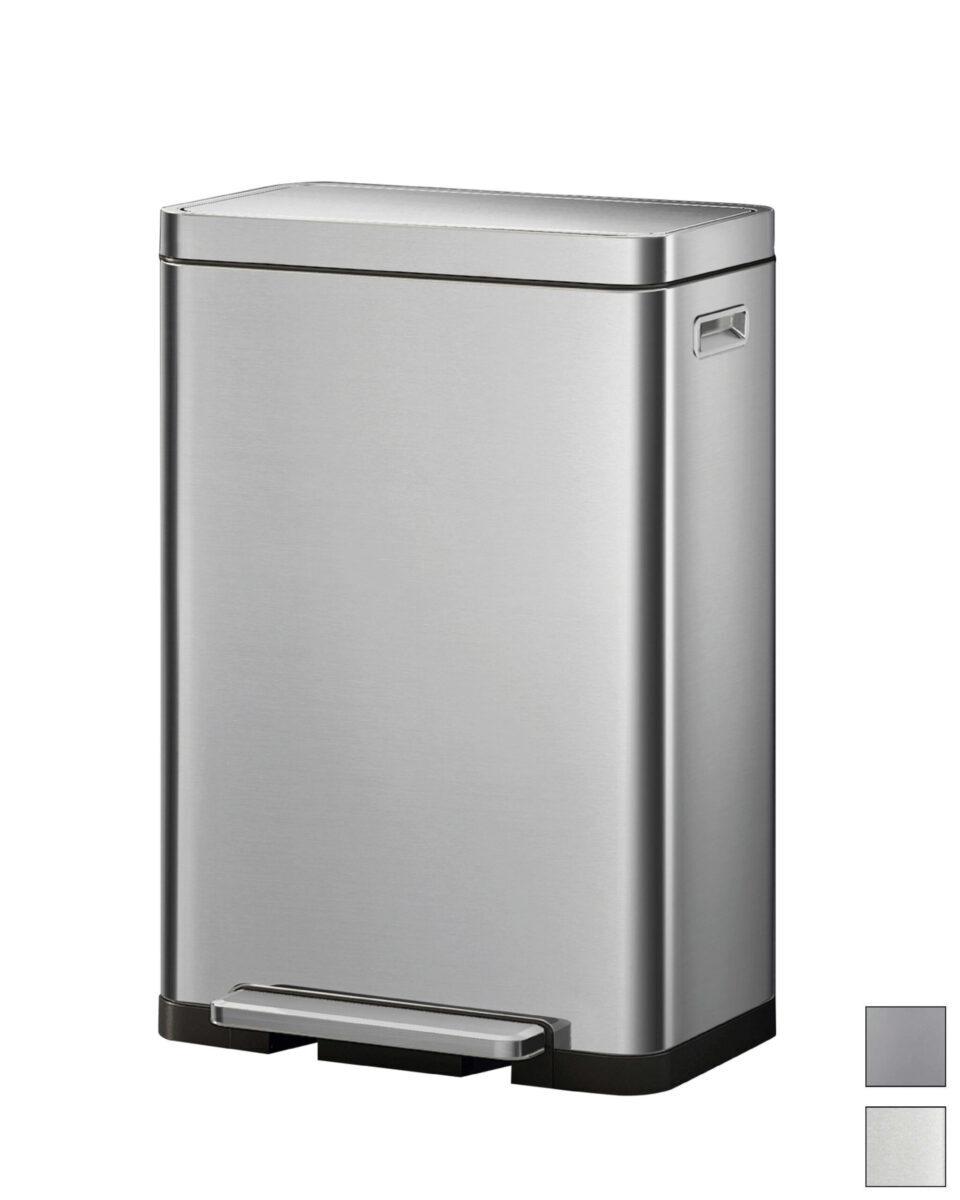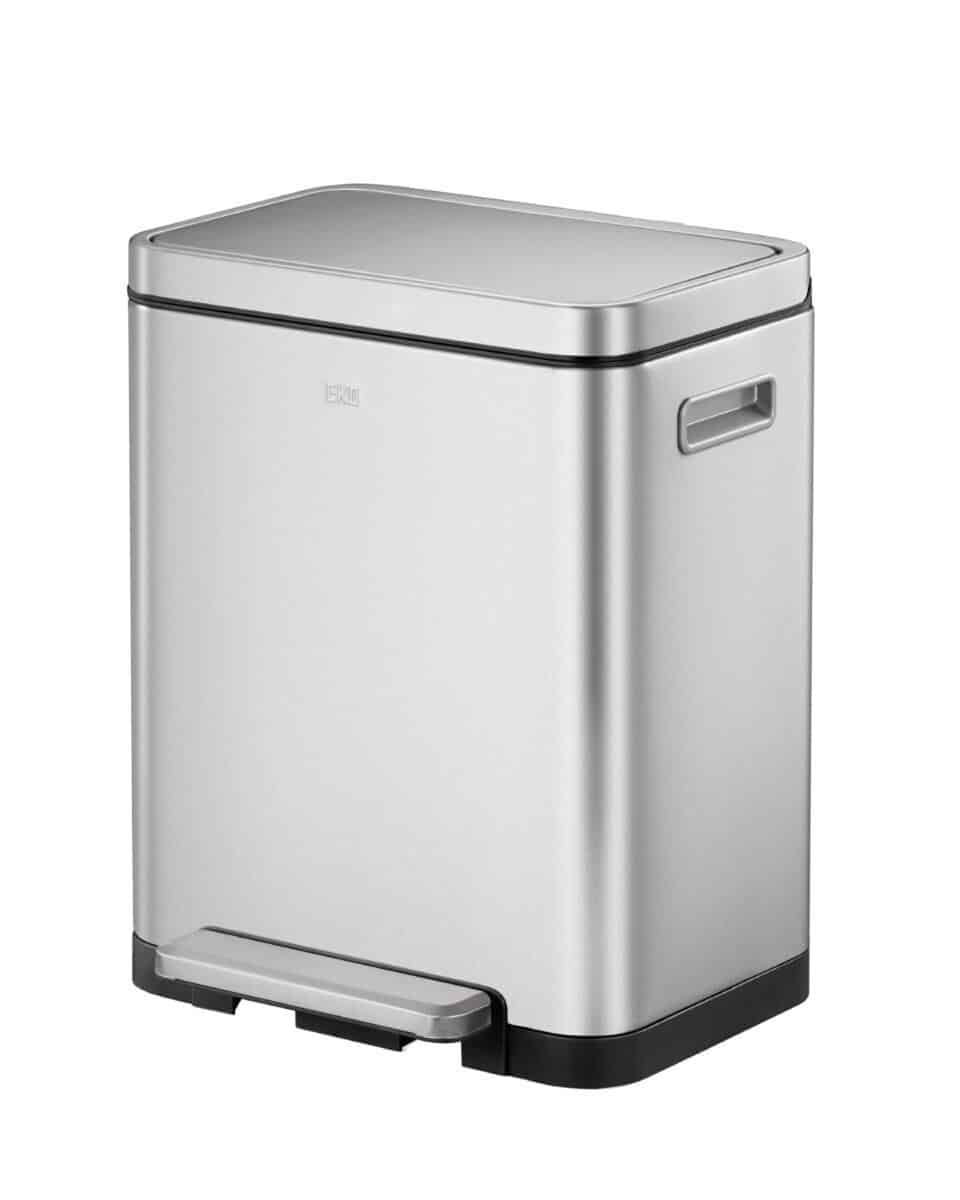
So… let’s do this the environmentally friendly way, all together.
Not many people know the key differences between recycling and up-cycling and the pros and cons of both.
The main difference between recycling and up-cycling is recycling breaks down materials so they’re of lesser quality as opposed to up-cycling that uses the same materials or items and refurbishes it to create a higher quality products.
A great example of how we can put recycling and up-cycling in to practise is with our clothes… the link below is all about companies who specialise in recycling and up-cycling.
https://www.vogue.co.uk/fashion/article/global-recycling-upcycling-services
As a company who directly supports the environment in as many ways as possible – we have a number of bins that can help keep your waste organised so you have a clear idea of what goes where and whether it can be recycled or up cycled. the one linked below is my personal favourite, this is because of the two sections allowing you to stay on top of correct and incorrect waste.
Up-cycling is the process of converting by-products, waste materials, useless, or unwanted products into new materials or products to be high quality, such as more environmental value.
The pros to up-cycling are things such as – saving materials from landfill, minimal use of natural resources, reduced manufacturing costs, knowing you’ve done something good for the environment etc.
All these things show that upcycling is worth it.
The cons of up-cycling are that sometimes the opportunity to up-cycle can recreate a waste item into an up-cycled product, which can be frustrating. You may also need to buy additional materials to create the new item you imagine. This is things such as tools, glue, decorative items, and so on, which requires investment.
This can be quite frustrating but in the grand scheme of things and in the long run it is worth it.
Recycling is the process of converting waste materials into new materials and objects. This concept often includes the recovery of energy from waste materials. The recyclability of a material depends on its ability to reacquire the properties it had in its original state.
The pros to recycling are It conserves energy, reduces air and water pollution, reduces greenhouse gases, and conserves natural resources. Stanford recycled, composted, and otherwise source reduced 62% of its waste and reduced landfill by 35%.
The cons to recycling are – at the recycling centre there could be high upfront capital costs, the recycling sites area almost always unsafe, unsightly, and unhygienic, more energy consumption and pollution is caused, some products from recycled waste might not be durable so will end up being taken to land fill.
In the long run both options are better than just creating mass waste which leads to pollution. Hopefully this shows and gives you more ideas with what you can do with old belongings.





